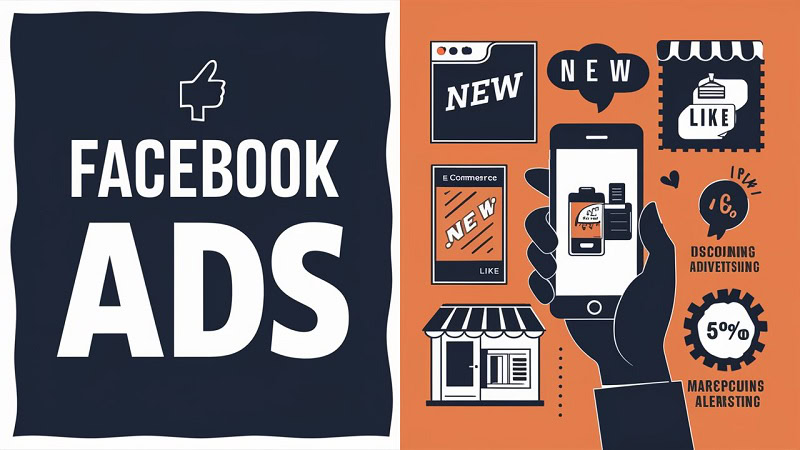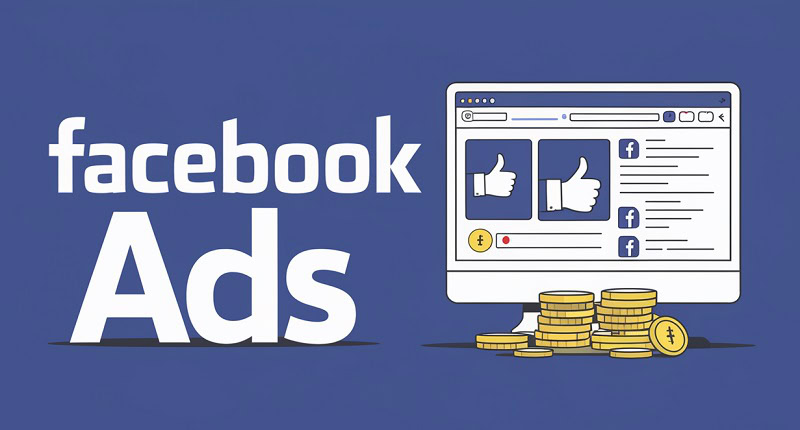
About author: Paulina Poliszewska leverages her expertise in media buying to optimise paid campaigns, ensuring maximum ROI and successful outcomes for DTC brands.
Thinking of investing in YouTube advertising?
YouTube provides e-commerce brands with some exciting advertising options – plus, some irresistible revenue-driving opportunities.
The platform offers 122 million active daily users, advanced targeting and an array of engaging formats.

Boost E-Commerce ROI: Download Our Free CPA & ROAS Calculator
What’s not to love?
Well, there’s one question that you probably need answering before you take the plunge and part ways with your hard earned cash.
How much does YouTube advertising cost?
A very sensible question. And we’re here to help answer it.
We’ve created a comprehensive guide to YouTube ad costs, including all the info you need to launch Youtube ad campaigns with complete confidence. Let’s get going.
As a specialist Youtube ads agency we can help you with your campaigns just get in touch for a free consultation.
Are YouTube ads worth the investment?
YouTube is an immensely popular platform for e-commerce advertisers. But are YouTube advertising campaigns worth the investment?
In a word, yes. But here are a few more words to explain why.
YouTube offers a mind-blowing scale to advertisers – 2 billion users are active on the platform every single month. Yes, you read that correctly.
When you’re looking to reach a sizable number of prospects, it’s hard to top a number like that.
The platform also offers intelligent targeting tactics, so you can build and engage a wide range of different audiences. Plus, it’s easy to keep track of campaign performance, making optimisation a breeze.
So we’ve established that YouTube is a pretty handy platform for advertisers. Now let’s dive into the different ways you can measure the costs of a YouTube ad campaign.

How do I measure the cost of YouTube advertising?
The good news is that the YouTube ads pricing model is pretty simple. There are three key cost metrics that you can measure for your campaigns:
Cost Per View (CPV)
The first metric is Cost Per View. This means you’ll pay when a user interacts with your ad (i.e. clicking a CTA or companion banner) or views your ad. Whichever happens first.
A view is counted when a user watches 30 seconds of one of your video ads – or watches the full duration if your video is shorter. If your main objective is to encourage engagement with your video asset, then CPV is the metric for you.
Cost Per Click (CPC)
The second metric is Cost Per Click. If your main objective is to encourage site traffic from YouTube, then clicks are a smart metric to track.
With a CPC strategy, you can set a bid price on the cost of someone clicking on your ads – depending on how valuable a click is for your business.
You’ll only pay when a user clicks on your YouTube ad, so this can be a cost-efficient way to manage your budget.
Cost Per Thousand (CPM)
Finally, you can also focus on CPM as your main cost metric. This means setting a bid for every thousand impressions served on YouTube. In other words, for every thousand times that your ad appears.
If you’re just looking to build brand visibility and get eyeballs on your ads, without worrying about views or clicks, then this could be the right option.
Different campaigns will require different cost metrics to track. It all depends on your core objectives, and how you’ll define success.
If you need any more info on the YouTube pricing models, you can always check out the Google Help Centre.
Now that we’ve covered the different types of YouTube cost metrics, let’s tackle the bigger question. How much will YouTube ads actually cost?
How much do YouTube ads cost?
Ultimately, the amount you’ll spend on YouTube advertising depends on your budget.
There isn’t a minimum cost, although most businesses spend around £7.50 per day on campaigns and increase expenditure over time.
On average, delivering a click or view on YouTube will cost anywhere between £0.076 and £0.23.
It’s important to set a campaign budget that you can afford, and a maximum bid for clicks and views to avoid overspending.

However, it’s always worth noting that the cost of YouTube advertising will regularly fluctuate.
Several variables can impact the total cost of your activity, so you need to keep an eye on your spending to monitor how it changes.
What influences the cost of YouTube ads?
A few different factors can influence the amount you’ll pay for YouTube advertising. Let’s take a look at some of the most common variables at play.
Ad formats
The formats you select for YouTube advertising will have a big impact on your costs. As a general rule of thumb, you’ll pay increasing amounts for larger formats and higher visibility.
Makes sense, right?
Different YouTube ad formats will also incur different costs with the main types being Skippable in-stream video ads, bumper ads and non-skippable in-stream video ads.

For example, if you run a skippable in-stream video ad, you won’t pay a penny unless users watch at least 30 seconds of the ad or click on the ad.
But if you run a 15-second non-skippable video ad, you’ll be paying on a CPM model. It doesn’t matter if users engage or not, because you’ll pay for the impressions delivered.
The most important thing is to align your formats with your campaign objectives.
There’s no point paying for thousands of impressions if your main priority is driving clicks!
If you’d like a more detailed breakdown of the different YouTube formats (and their pricing models) then you’re in luck. We’ve already written a handy guide on the subject. No need to thank us.
Budget and bidding
The amount you’re willing to bid for clicks, views and impressions will also have a major impact on your YouTube ad costs.
It can take some experimentation to find the right bidding strategy. Bidding too high risks inefficient spending, but bidding too low can restrict performance.

Keeping a close eye on performance can help you to make the right bidding adjustments.
You can also run some business calculations to figure out the true value of a click or video view. This can help determine how much you should be bidding.
For example, you might look into the value of a YouTube click to help determine your optimal CPC bid. What percentage of clicks end up converting with a purchase? And what’s the average value of these conversions?
Target audiences
Your target audience is also a significant factor in determining YouTube advertising costs.
If you’re looking to reach a specific segment that several competitors are also targeting, you might find yourself in a bidding war.
This can become a direct competition for views, clicks and impressions. If everyone starts to increase their bids, costs can rapidly escalate. Competitors can be a real pain, eh?
If you can diversify your audience approach and find profitable new segments to target, then happy days. This can help you to reduce your bids and lower costs.
However, this isn’t always possible, particularly during busier times of the year. If it makes sense from a business perspective to increase your bids, then just make sure you have sufficient budgets in place.
Seasonality
Seasonality can also have a big influence on your YouTube advertising costs.
Unsurprisingly, chaotic retail periods like Black Friday and Christmas can send your YouTube costs through the roof.
The market is often flooded with high-spending advertisers during these periods. Clicks, views and impressions will all be in high demand.
However, that isn’t to say you shouldn’t advertise when the market is busy. After all, events like Black Friday can deliver some exceptionally good results for e-commerce businesses.
You just need to be smart with your YouTube strategy.
Focus heavily on your most profitable audiences, keep a very close eye on your bidding costs, and ensure that you have enough budget to avoid being drowned out.
User Interest
It’s also important to ensure that your ads are regularly generating interest among your target audience.
Sounds obvious, right?
But serving relevant ads to engaged prospects is a huge factor in determining your overall costs.
Users are often browsing the YouTube platform for specific content to consume. You need to serve the right product messaging in order to capture their attention and nudge them towards a conversion.
That means thinking carefully about your creative messaging and targeting strategy to consistently divert interest away from YouTube content and towards your website.
If you can achieve this, you’re likely to see more success with every impression served and invest your ad budget more efficiently.
Although several different elements influence YouTube ads costs, that doesn’t mean you need to be kept in the dark.
If you stay aware of the factors that can influence costs, and remain diligent with your YouTube advertising campaign management, then you can stay in total control of your spending.
Over time you’ll also get a clearer understanding of what works, and what doesn’t – meaning you can invest in the tactics and audiences that deliver the best return!
Related
- How Do YouTube Ads Work: The Complete Guide
- YouTube Discovery Ads: What They Are & How to Use Them







